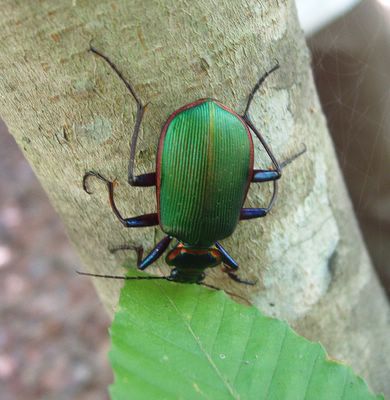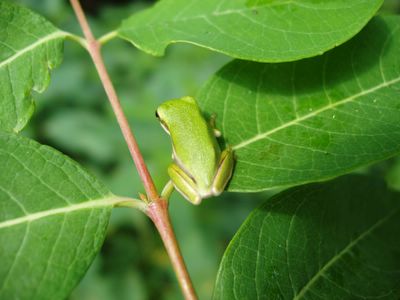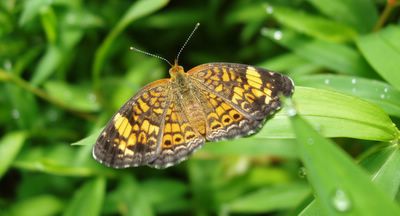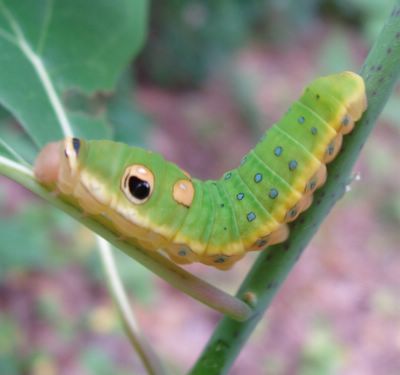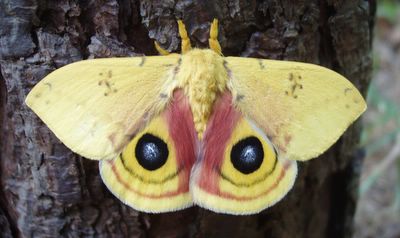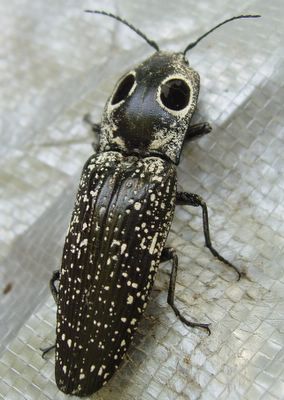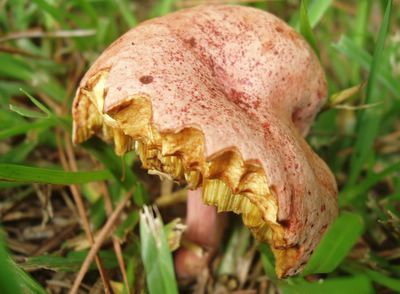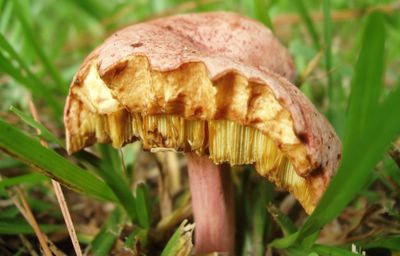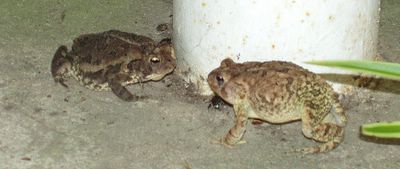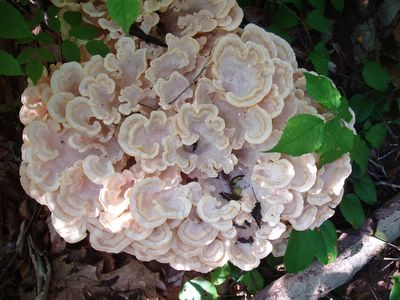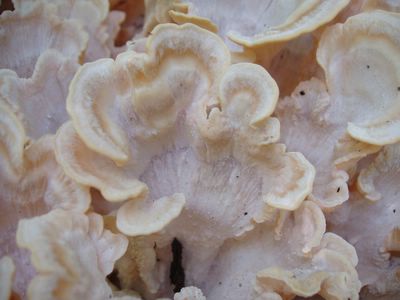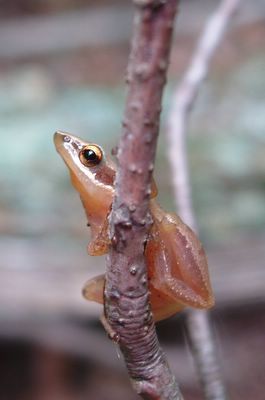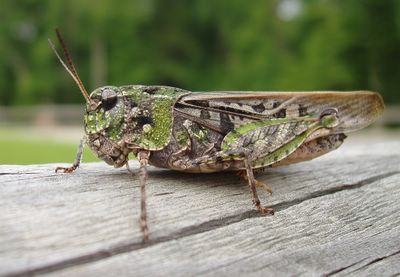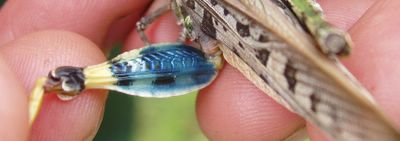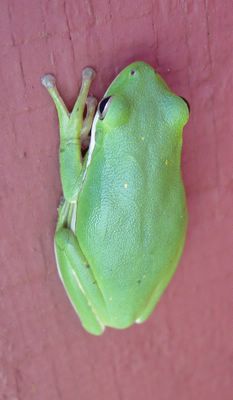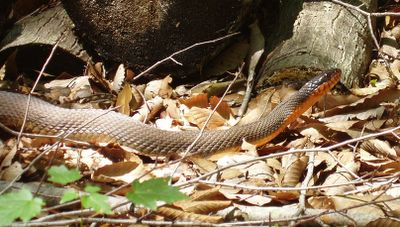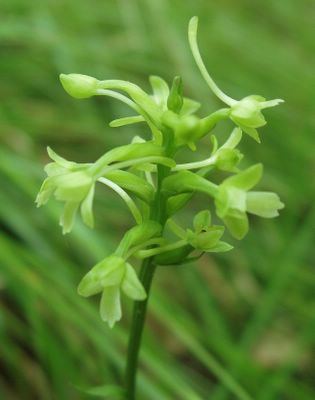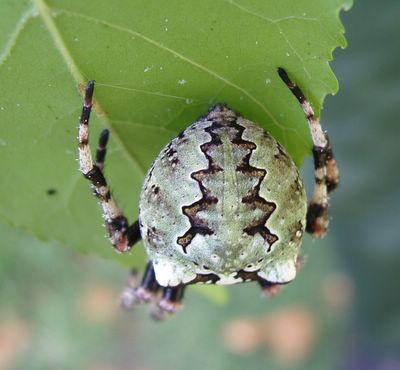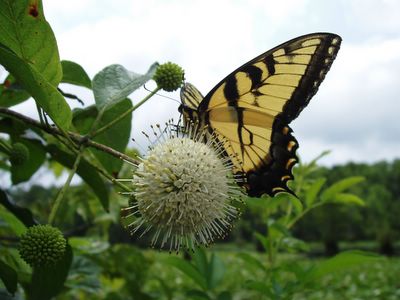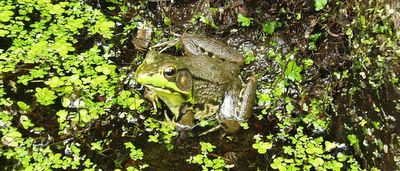Great blue herons never let me get close enough to take a picture without using my digital zoom. As a result, all of my heron pictures are grainy. Despite their nervous ways, they remain one of my all-time favorite birds.
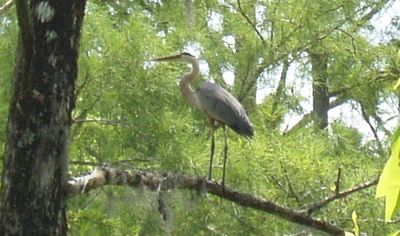
It never ceases to amaze me when I watch these great, gangly birds maneuver through the trees and land on those long skinny legs. How can something be so elegant and yet so awkward at the same time?
For those of you interested in such things, here's our pond bird list from yesterday:
Green Heron, Great Egret
Osprey, Red-shouldered hawk, Barred owl
Fish crow, Turkey vulture, Black vulture, Blue jay
Wood duck, Belted kingfisher
Yellow-billed cuckoo, Common grackle, Red-winged blackbird
Prothonotary warbler, Yellow-throated warbler, Common Yellowthroat, Pine warbler, Parula, Hooded warbler
Mockingbird, Catbird
Carolina wren
Blue-gray gnatcatcher
Red-eyed vireo, Yellow-throated vireo
Eastern wood peewee, Acadian flycatcher, Great crested flycatcher, Eastern kingbird
Summer tanager
Chimney swift, Purple martin
Carolina chickadee, Tufted titmouse, White-breasted nuthatch
Ruby-throated hummingbird
Pileated woodpecker, Red-bellied woodpecker, Red-headed woodpecker, Downy woodpecker, Hairy woodpecker, Flicker
Cedar Waxwing
Orchard oriole
Chipping sparrow, Gold finch, Cardinal, Rufus-sided towhee
Wood thrush, Robin, Eastern bluebird
Mourning dove
